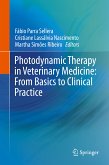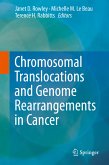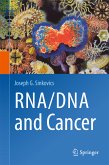The strongest point of this book titled "Biochemistry of Oxidative Stress: Physiopathology and Clinical Aspects", is that the academic and scientific background of the authors/editors guarantee the authorship of a book comprising all aspects of oxidative stress, ranging from very molecular aspects, to clinical application, including the antioxidant therapy. Of particular importance is the fact that the aforementioned aspects are described in the book in a general section and in three different and important pathologies, such as cardiovascular diseases, neurodegenerative diseases, and cancer. The importance of these pathologies lays in the fact that, taken separately or together, they represent by far the leading cause of death in the world. Finally, all the chapters have been written by highly recognized authorities in the field of their investigations. At least to our knowledge, this is the first book with this characteristics in the field of oxidative stress.
Dieser Download kann aus rechtlichen Gründen nur mit Rechnungsadresse in A, B, BG, CY, CZ, D, DK, EW, E, FIN, F, GR, HR, H, IRL, I, LT, L, LR, M, NL, PL, P, R, S, SLO, SK ausgeliefert werden.









